#nymphai
Text
To the nymphs
Sing the nymph's melody
The chant of birds and the neigh of Winds
the dress of leaves dancing around
Voices made of wood and grass claiming:
No silence in nature! The revelry of all!
Sing the nymph's melody with honeyed tongue.
português:
Cantai a melodia das ninfas
A canção dos pássaros e o relincho dos Ventos
O vestido de folhas dançando ao alento
Vozes feitas de madeira e grama proclamam:
Não há silêncio na natureza! Folia de todos!
Cantai a melodia das ninfas com voz melíflua!
60 notes
·
View notes
Text

Tallahassee 🍃
#artemis#nymphai#animism#if u look closely theres even a little kitty on the trunk 🐈#artemis worship#artemis devotee#artemis devotion#artemis deity
14 notes
·
View notes
Text
What is a nymph?*
If the female under discussion is not a well recognized goddess, one must decide whether to refer to her as a mortal woman (that is, a heroine), as a nymph, or as a member of some other group. It is, of course, made more tricky by the ambiguity of the term numphê, which can refer not only to the minor female divinities of the wild places but also to any nubile woman or, more commonly, to a bride. Occasionally, a numphê may be a mature, even matronly woman. When applied to a mortal woman, the term points to her status as a sexual being.
Below are enumerated the main criteria of the distinction between heroine and nymph.
Terminology used by ancient sources. Surprisingly often, the Greek sources take the trouble to identify nymphs. More often, the terms naiad and nymph are juxtaposed in order to make the sense unmistakable.
Parentage. Nymphs are described with great frequency as the daughter of Zeus, of Ge, or of various river gods. Acheloös often figures as the father. Heroines, on the other hand, are normally the daughters of heroes. There are exceptions.
Mortality and death narrative. While the ultimate mortality of nymphs was debated among ancient authors, it was clear to the ancient that they enjoyed a superhuman lifespan far outstripping that of mortal men and women. Heroines were all too easily killed. The emphasis on their death is complemented by the focus of heroic cults at what were believed to be the tombs of the heroes and heroines.
Gender restrictions and vulnerability to mortal men. The nymph is a highly ambiguous figure. Though sexually desirable, she is usually free of familial restrictions applied to mortal women and can rarely be fully domesticated. They may be sexually promiscuous, and they often act as the aggressors in ephemeral affairs with mortals. Sometimes these could be deadly to the male. Unlike nymphs, mythological heroines who indulged in promiscuity or violence are usually punished in one fashion or another. Moreover, their narrative often emphasizes their passive availability to men’s use and their vulnerability to male violence.
Role in heroin genealogies and narrative flexibility. The nymph often played a role in local genealogies as the earliest, autochthonous ancestor and provided a link to and an implicit claim upon the land and its resources. This is in contrast to heroines, who may be virgins, wives, or crones, admirable or villainous, and who play detailed roles in the local myths.
Associations with a water source. Nymphs regularly personify and inhabit springs, rivers, and lakes. One of their main mythic and cultic functions is to provide fresh water.
Special functions in relation to gods. While the cult of heroines usually exist within a familial context, so that they are worshipped in conjunction with a husband or son, nymphs are associated with Hermes, Apollo, Pan, the river god Acheloös, and other deities. Their cult organization isn’t analogous to the family but to the relationship between a god and their thiasos or the chorus leader and chorus.
Cultic functions. Comparison here reveals some overlap. The main area of overlap encompasses human fertility, childbirth, and childcare. This kourotrophic function can be further divided into concern for young children and for those approaching adulthood, a group of special interest to the community as future warriors and fertile wives. The participation of nymphs at each stage of this process is well-documented. Heroines may play a similar role, especially when concerns are given a civic focus. There are some divergences. Nymphs, because of their associations with springs, are often healing deities. Though there are several examples of heroes who heal, there is little evidence for heroine healers; this gap can correspond to the societal restraints on female physicians. Another area that nymphs normally don’t share with heroines is that of inspiration, and to a lesser extent, divination.
Physical setting and significance of cult spaces. Heroines’ tombs and shrines, like those of heroes, tend to be strategically located in central spots within the city walls. Sometimes, they are literally focal points of the city. The cult places of nymphs, on the other hand, are as a rule associated with natural features: rivers, caves, and springs. Many, if not most, are rural. Exceptions abound, however. Both nymphs and heroines contribute to the community’s sense of itself in history. Heroines, on the other hand, are more likely to have civic functions of little concern to the nymph (political concern, for example).
Objects commemorating cult. Two votive reliefs with well-developed iconography can be compared: one for heroines and one for nymphs. Sculptural conventions oppose the domestic setting of a banquet for heroic figures with natural settings in caves for nymphs, and familial relationships with “choric” ones.
Other narrative or cultic motifs. Satyrs or silens, herding and pastoralism, caves, trees, bees, and honey are all common motifs in the myths and cult of nymphs.
None of these criteria should be employed alone or applied too rigidly, but taken as a whole they can provide a workable method for us to distinguish nymphs from heroines as well as from various minor goddesses, and they indicate that the Greeks generally did the same. Of course, there are hybrid cases of female figures who exhibit some characteristics of both nymph and heroine; there is no use attempting to force such individuals into one category or the other.
*Source: Greek Nymphs: Myth, Cult, Lore, by Jennifer Larson, ch. 1.1
#nymphai#the nymphs#nymph worship#fairies#fae#helpol#hellenic polytheism#hellenic reconstrunctionism#jennifer larson#greek nymphs#almost verbatim quoted#just a little shorter#nymphai just deserve more attention. i love them
169 notes
·
View notes
Text
as spring approaches, it's almost time to visit my rural Pan and satyr shrine again. fall and winter are so crammed and cold, I'm excited to see how it's braved nature's harsh treatment. especially the grape plant that's there 🍇 I've missed their presence so much with how stressful things have been. nothing feels better than being welcomes by satyrs. I want the snow gone yesterday !!!!!
#satyrs#satryoi#i havent seen them since summer#the energy there >>>#helpol#hellenic polytheism#satyr worship#pan#pan deity#greek gods#theoi#hellenic polytheist#nymphai
32 notes
·
View notes
Text

Themis and nymphs. Attic black figure dinos c. 580-570 BCE.
4 notes
·
View notes
Text
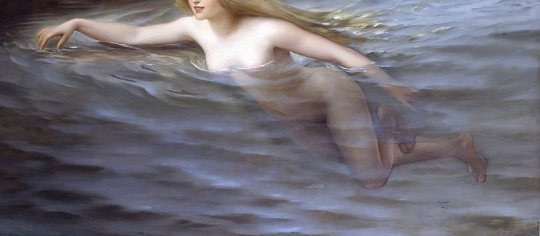
Nymphe, Luis Ricardo Falero, 1892.
#the old gods#hellenic polytheism#naiad#nymphai#helpol#hellenic gods#hellenic polytheistic#hellenic paganism
39 notes
·
View notes
Text
Saw a post about duties and it reminded me of a task I’ve taken upon myself that is otherwise arbitrary but I cannot stop doing it.
I save every (individual) bee.
Sometimes bees get drunk or tired and end up on a footpath or in the middle of a parking lot. I imagine to them safety must feel like a whole country away and they’re burning their tiny little feets on the hot ground. Sometimes I’m too late and it’s a little husk or glued body and I feel awful for not finding them in time.
But no matter what I pick them up, either directly or with the nearest leaf/twig/object, and move them to the nearest plant, hopefully with a water source. Either they’ll recover or they won’t, but also this way they won’t be stepped on.
I hope nymphs like me.
#Bees#I don’t even know guys it was just a thought that occurred to me#nymphai#I would save wasps too but it’s never wasps for some reason#I only ever find bees
16 notes
·
View notes
Text
Nymphs are experts in cleanliness, home making, beauty, self-care and water magic. They can turn a shed into a luxury hotel!
22 notes
·
View notes
Text
Much of what we do is what [W.B. Yeats calls] “unreason,” things that might be dubbed superstitious; which are based in long-standing folk methods whose roots and reasons are lost to time. We do them still, not because we can explain rationally exactly how they work, but because we know that they do work, and that they have been tested and proved true over many long lifetimes.
Fairycraft, Morgan Daimler, p.10
3 notes
·
View notes
Text
"Ártemis da Lagoa" / "Artemis of the Lagoon" - a poem to Artemis Limnaia.
Ó Musa, cante de Ártemis da Lagoa
Deusa de temível poder sobre tudo
Que vagueia bosques e a mata seca
E tem com as ninfas seu descanso
No espelho d'água ambrosial
Banhando o corpo belo e formoso
Se deleitando na clareza de Hélio
Antes da caçada retornar com seu
Áureo e certeiro arco.
english:
O Muse, sing of Artemis of the Lagoon
Goddess of terrible power over all things
Who wanders the forest and dry woods
And resting with the nymphs in the
Ambrosial mirror of water
Bathing Her beautiful form
And delighting under Helios' clarity
Before returning to the hunt with
Her golden and well-aimed bow
52 notes
·
View notes
Text
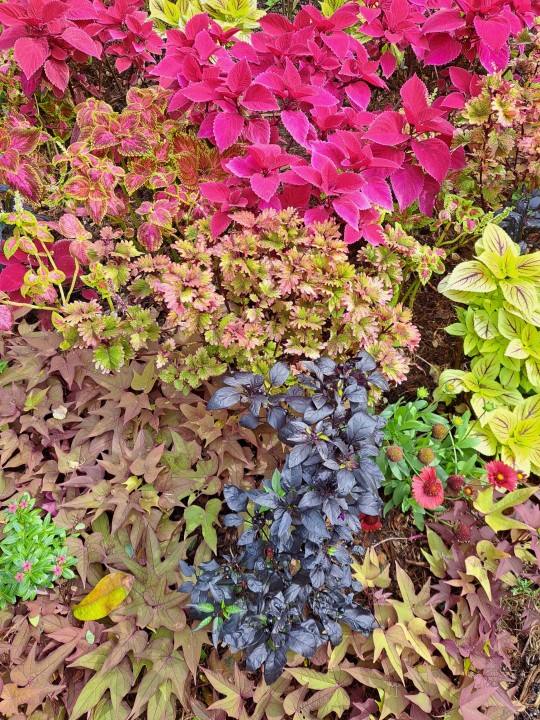
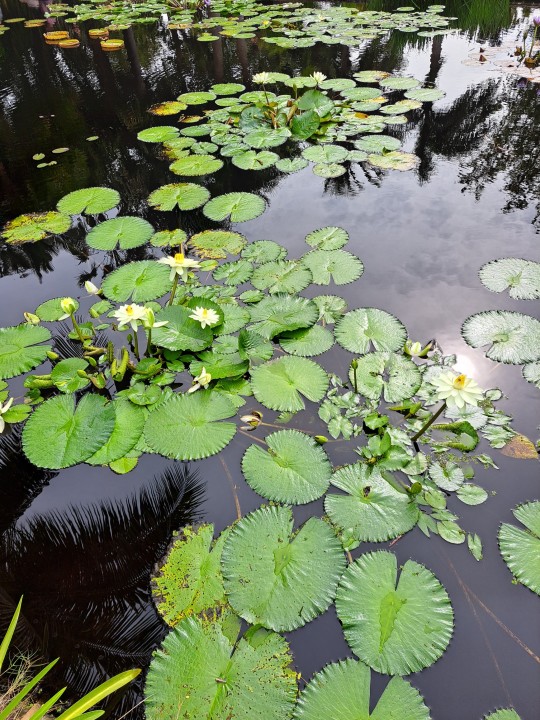

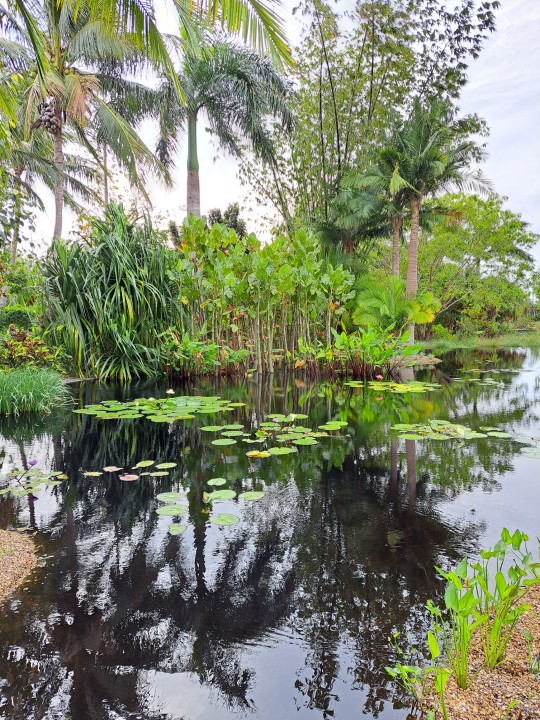
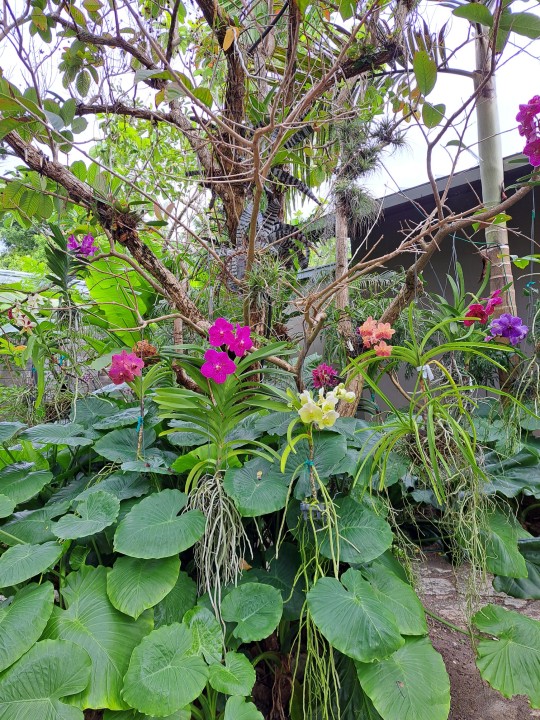


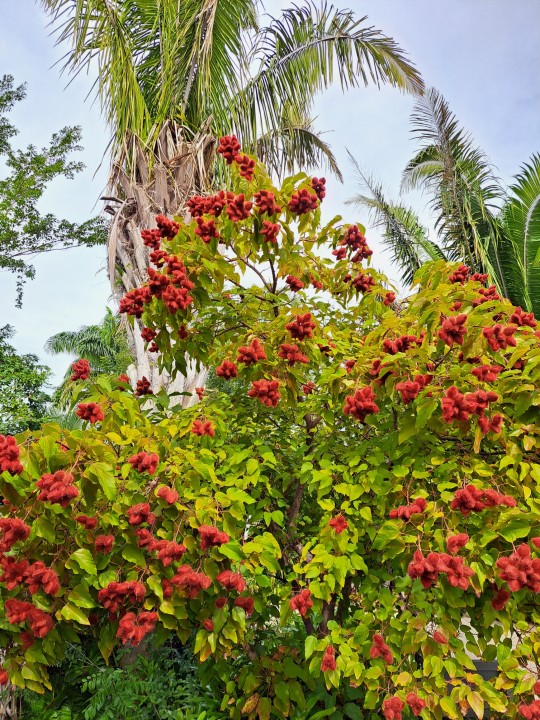


Naples Botanical Garden 🪷
3 notes
·
View notes
Text
"In antiquity, people consulted astragaloi [the 'knucklebones' of sheep and goats] as they might now use tarot cards or read tea leaves. The use of astragaloi, however, was a poor person's method of divination, much in keeping with the offerings at the cave [Korykian cave of the nymphs at Delphi], which were almost uniformly humble and of poor quality. Those who could not afford consultation at the oracle of Apollo made the journey up to the cave to consult the nymphs, perhaps in conjunction with Hermes."
Greek Nymphs: Myth, Cult, Lore by Jennifer Larson, p. 11-12
#whenever i reread parts of this book again i am just filled with adoration of the nymphs#nymphai#nymphai worship#jennifer larson#helpol#hellenic reconstrunctionism
22 notes
·
View notes
Text
O beautiful and kindly divinities, be gracious, powerful ones,
whether you are counted among the goddesses of heaven or of the
Underworld, or are called shepherd nymphs. Come, nymphs, sacred
offspring of Ocean, in answer to our need show yourselves clearly
to us, goddesses, and reveal some source of water in a rock or some
holy spring bubbling up from the earth, with which we may douse
the ceaseless fire of our thirst. If ever we sail back safe to the Achaian
land, then among the foremost goddesses we shall offer you in
gratitude countless gifts of libations and feasts.
(Apollonius of Rhodes, Jason and the Golden Fleece (Argonautica), 4.1411-1420).
2 notes
·
View notes
Quote
Sailors believed the Nereids could prevent disasters at sea, so there are numerous altars and thank-offerings dedicated to the Nereids as a group on the islands, beaches, and at the mouths of rivers where they were mainly worshipped. With their shared commonality of purpose to protect seafarers and calm the waters, it is not surprising the Nereids appear as Aphrodite’s main marine entourage in ancient Greek art and literature.
Monica S. Cyrino, Aphrodite
#monica s. cyrino#aphrodite#nereids#nymphai#nereides#sea#ancient greece#ancient religion#hellenic deities#quotes
45 notes
·
View notes